Invisible Interview: Alex Webb & Rebecca Norris Webb
The Suffering Of Light by Alex was without a doubt, one of our favorite books last year, so it was a thrill to hear that he was going to conduct a Masterclass workshop at the National Museum of Singapore, along with his wife Rebecca Norris Webb, an equally inspiring practitioner of colour photography. We have been helping them out with their workshop along with the producer Tay Kay Chin, so we took the opportunity to ask them some questions.
Invisible Ph t grapher Asia: What do you look for in a photographer’s portfolio?
Alex Webb: Both Rebecca and I look for something unique, something that suggests that the photographer is discovering something different than that which we have seen many times. It can be a different way of perceiving the world, it can be a different subject. In a world in which we are all assaulted by all kinds of images, we like to see photographs that are unique and different, that express that which is unique about that photographer.
Rebecca Norris Webb: Originally a poet, I look for the same thing I look for in aspiring writers, an individual “voice,” which in photography translates as an individual way of seeing.
You are both instructing the workshop – do you have fierce arguments about photography?
Alex: Though our photography is quite different, our general attitude about photography is similar. We both believe in the exploratory nature of photography – the notion of going out with the camera and finding things that are different than our expectations. We see the kind of photography that we both do as a kind of partnership with the world. So we actually have comparatively few disagreements. Sure, sometimes we may disagree about a few images. In those instances, we leave it up to the author – in this case, the workshop photographer – to make the final decision.
Rebecca: This echoes our own editing process in our studio. When we are sequencing one of our own books, the author always has the final say. And if it is a joint project – like our Cuba book, Violet Isle – thankfully we have always somehow managed to come to an agreement without too much difficulty.
Alex: Our marriage survived our first joint book collaboration, so we have decided to try a second collaborative project, this time in the U.S.
Alex, have you ever been accused of shooting color for color’s sake?
Alex: I have. I tend to think that people who make that kind of statement try to separate the emotional resonance of color from the subject. I’m not sure they understand that color is about emotion, not just about color. For example, Haiti is a tragic, disturbing place. But it is also a place of brilliant, vibrant color and searing light. Color – at least for me – is an integral part of the world of Haiti. Working in black and white there – as I initially did in the mid-seventies – I was not dealing with an essential part of the world of Haiti. Working in color allowed me to explore the tension, the paradox, of a country that can be so terrible, so tragic and yet so vibrant and – yes – simultaneously beautiful.
It looks as if you are always working with a book or project in mind. If yes, do you make single pictures?
Alex: I like working in project form. I like how pictures relate, how they talk to each other and thereby enrich each other. But in the early stages of a project I rarely know if I actually am working on a viable project. It is all exploratory: I start on a journey but I have no idea where the end of the journey lies. And when I am actually in the street photographing, I am always looking for an individual picture. I’m responding spontaneously, on my nerves, allowing my experiences with the camera to lead me where they will. At that point, it’s about the individual photograph. I’m not thinking about any kind of overall project.
Alex, do you consider yourself a street photographer?
Alex: Yes, I think of myself primarily as a street photographer. However, unlike some street photographers of the past, who chose to work in New York or Paris or London, I have chosen to work in Haiti, along the US-Mexico border, deeper into Latin America. I have chosen to wander the streets of places where political and social tensions lie more on the surface, places where life often seems lived on the stoop or in the street. It’s a different kind of theater of the street – a rawer one – that I have sought out.
How much of a role does luck play in street photography?
Alex: Luck – or perhaps serendipity – plays a big role. Sometimes I liken street photography to a kind of gambling. You try to get the odds in your favor: you wander into potentially interesting situations, you work when the light is good (whatever that means for you as a photographer), and you remain alert. But you never know what is going to happen. And what is most exciting is when the utterly unexpected happens, and you manage to be there at the right place at the right time – and push the shutter at the right moment. Most of the time it doesn’t work out that way. This kind of photography is 99.9% about failure.
Will you ever be involved in a movie as a cinematographer?
Alex: I have no current plans to work as a cinematographer. But I wouldn’t rule it out. If the right director with the right project approached me…
We’ve read that you are now exploring color in digital photography, tell us more about your experience?
Alex: I’ve been forced to explore working digitally because the film I’ve used for essentially all my color work, Kodachrome, has been discontinued. And in looking around for alternatives, I’ve come to the realization that it might well be that if I found a good substitute, it might be discontinued as well. (I think I’m pretty justified in that perception, considering that Kodak has just filed for Chapter 11.) So I am exploring digital…
In midApril, however, I may be working again in film briefly for a joint limited edition book I’m doing with Rebecca in April in the U.S. You’ll be hearing more about this in the future.
Why should people collect photographic prints?
Rebecca: When I’m home in Brooklyn, I love waking every morning to a large print of Alex’s photograph from Cuba, “Sancti Spiritus 1993,” which is the back cover of Violet Isle. I choose prints for the wall very differently than photographs for a book, although in some cases the two overlap. A print is an individual object – it has to have a life of its own without other photographs. Alex’s print on our bedroom wall has this kind of life.
Alex: Collecting photographs is an utterly personal decision. Why does one collect anything? I would assume because a collector is intrigued – and would like to live with – the vision of a particular photographer or feels some special affinity for a given photograph.
Do you ever get dry spells, and if so, how do you overcome it?
Alex: Sure, I struggle at times. I go through periods of doubt and confusion – I assume we all do. The best solution for me – and I think this reflects the kind of photographer I am – is to get out in the street and take photographs. I need the physicality of the process, of walking and looking at the world, which for me – to paraphrase Nabokov – “relieves the itch of being.”
Rebecca: I especially have a hard time letting go of books. The book I’ll be on press for in Singapore – My Dakota – is an elegy for my brother who died unexpectedly, and has been the hardest of all my books to let go of, probably because it is also my most personal book.
Over the years, one of the hardest lessons I’ve learned is that my work is much wiser than I am. At the beginning or even midway through a project, even though I think I may know what I’m working on, all the while the work is silently, persistently, trying to tell me what it’s truly about – which is often more complicated and contradictory and chaotic than I first saw or thought or intended. At that point, I often feel somewhat uncomfortable and confused and frustrated, which I’ve also learned over the years, probably means I’m on the right path. The key, for me at least, is to listen deeply to what the book is trying to tell me without trying to smooth out the work’s paradoxes or rough edges. Often these contradictions contain the true energy of the work, its necessary tensions, what I’d even go so far as to call its “life.” So, by looking intently and listening long and hard to the work – as I continue to photograph and weave in new work – eventually the work lets me know when it’s done, or perhaps a better way of saying it: the work lets me know when it’s done with me.
Can you talk more about the emotional and visual structures in both your work?
Alex: This is somewhat of a generality, but, loosely speaking, my work often gravitates towards visual complexity, with multiple layers, paradoxical juxtapositions, and frames within frames. Rebecca’s work tends to gravitate towards emotional complexity, with her work often striking different – and sometimes contradictory – emotional notes simultaneously, which creates a kind of emotional tension and complexity in her work akin to poetry.
What makes a good photograph?
Alex: A photograph that takes viewers somewhere they haven’t gone before.
What is the biggest mistake an aspiring photographer can make?
Alex: Not following your intuitive photographic instincts.
Rebecca: Not learning to listen first and foremost to the greatest teacher of all: one’s photographs.
Tell us more about your workshop in Singapore and what participants can expect to learn?
Alex: It’s a short but intense workshop. We’ve taught similar workshops around the world, and the participants often say through the workshop they begin to understand how to edit intuitively. Additionally, other participants tell us they appreciate our helping them find their way to their next step photographically – whether that’s finding their own unique vision photographically or learning how a long-term project evolves into an exhibition and book.
Rebecca: Because David Chickey, the creative director of Radius Books, is joining us for this workshop, participants will also have a rare chance to see the many stages of the photography bookmaking process – photographing, editing, sequencing, making a book dummy, collaborating with a designer, and lastly, being on press for a book, which is why all three of us our here in Singapore – to oversee the press run of My Dakota. We hope to feature some of the Masterclass participants’ questions about the process when we blog on press immediately following the workshop.
Tell us about David Chickey and his role in the workshop.
Rebecca: Alex and I have collaborated with David Chickey on our three most recent books: our joint Violet Isle, Alex’s The Suffering of Light, and my upcoming My Dakota. David’s gift is that he is a designer who manages to get inside one’s work and illuminate it with his poetic design. This is very rare in a designer. He doesn’t have the ego of many designers, who fight with photographers over the vision of the book. David enhances a photographer’s vision.
Additionally, we’ve taught with David before, and what he brings to the workshop is his ability to sometimes see the shape of a long-term projects – helping photographers figure out things like the size of the book and a possible cover image.
With workshops, is it a good thing that the tutor’s influence is very evident in the resulting work of participants?
Alex: Twelve years ago, one of the main reasons that Rebecca and I started teaching together is that we both strongly believe that the best way for photographers to deepen their vision is to find their own path, not copy the instructor. Since there are two of us with very different visions, it’s so difficult to try to imitate both our styles simultaneously (although many of our students in the past have tried!), that our workshop participants tend to give up after about a day and try to find their own way photographically instead.
Thanks Alex & Rebecca. Best of luck with the workshop.
For more information about Alex and Rebecca’s Masterclass at the National Museum of Singapore, visit the Official Facebook Page.
For more information about Alex Webb & Rebecca Norris Webb, visit the following links:
Alex and Rebecca’s Website: http://www.webbnorriswebb.com
Two Looks blog: http://webbnorriswebb.wordpress.com/
Magnum Photos (Alex’s page): http://www.magnumphotos.com/C.aspx?VP=XSpecific_MAG.PhotographerDetail_VPage&l1=0&pid=2K7O3R1V0OB0&nm=Alex%20Webb
Radius Books
Violet Isle: http://radiusbooks.org/627/alex-webb-rebecca-norris-webb-violet-isle/
My Dakota: http://radiusbooks.org/4928/rebecca-norris-webb-my-dakota/
Thames & Hudson
The Suffering of Light: http://www.thamesandhudson.com/9780500543979.html
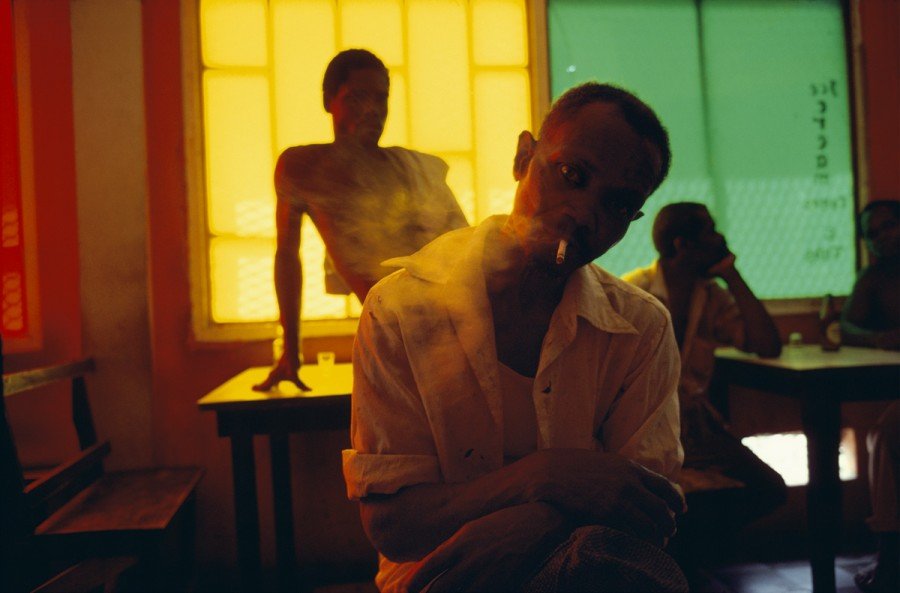
Share


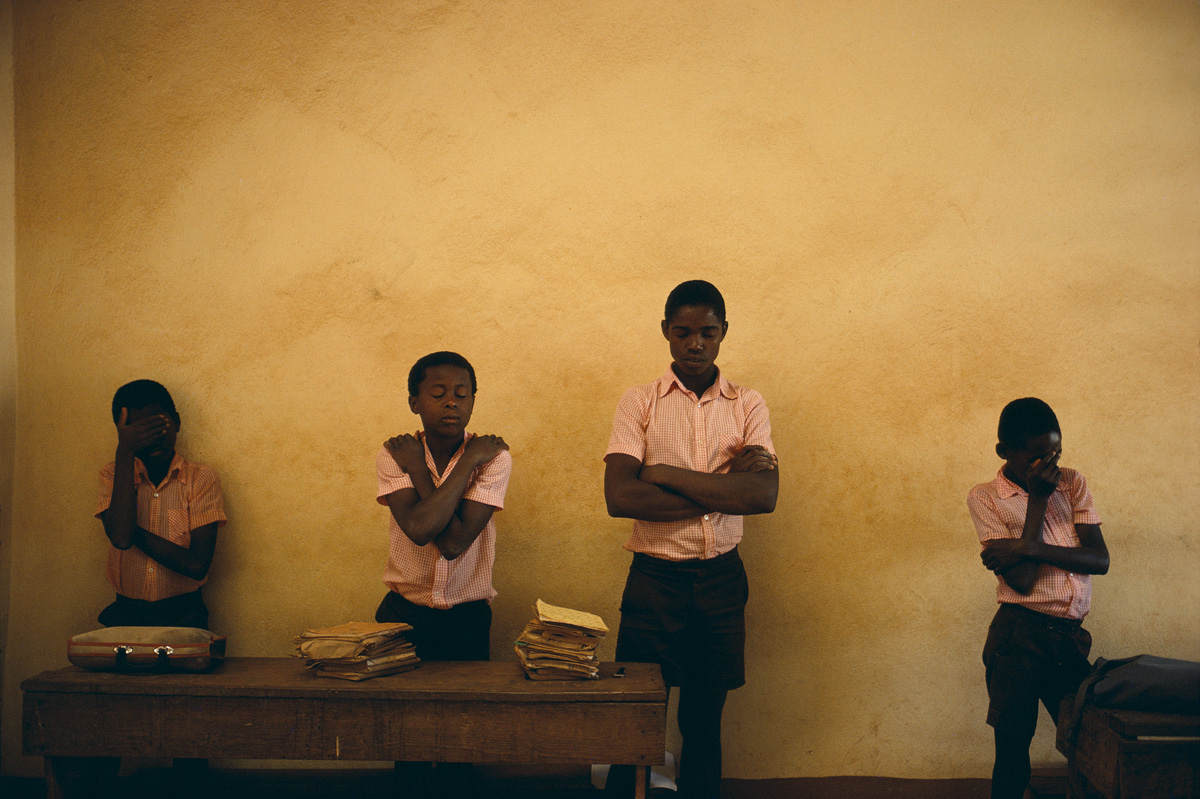

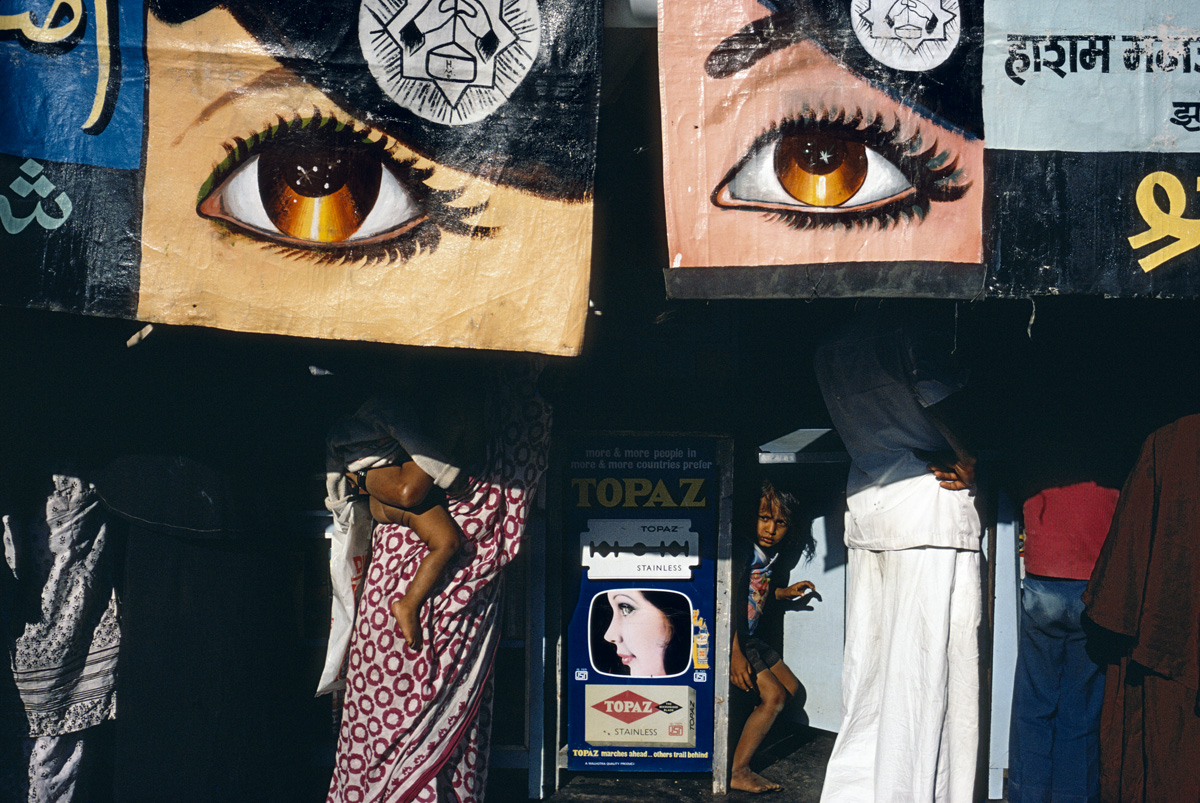

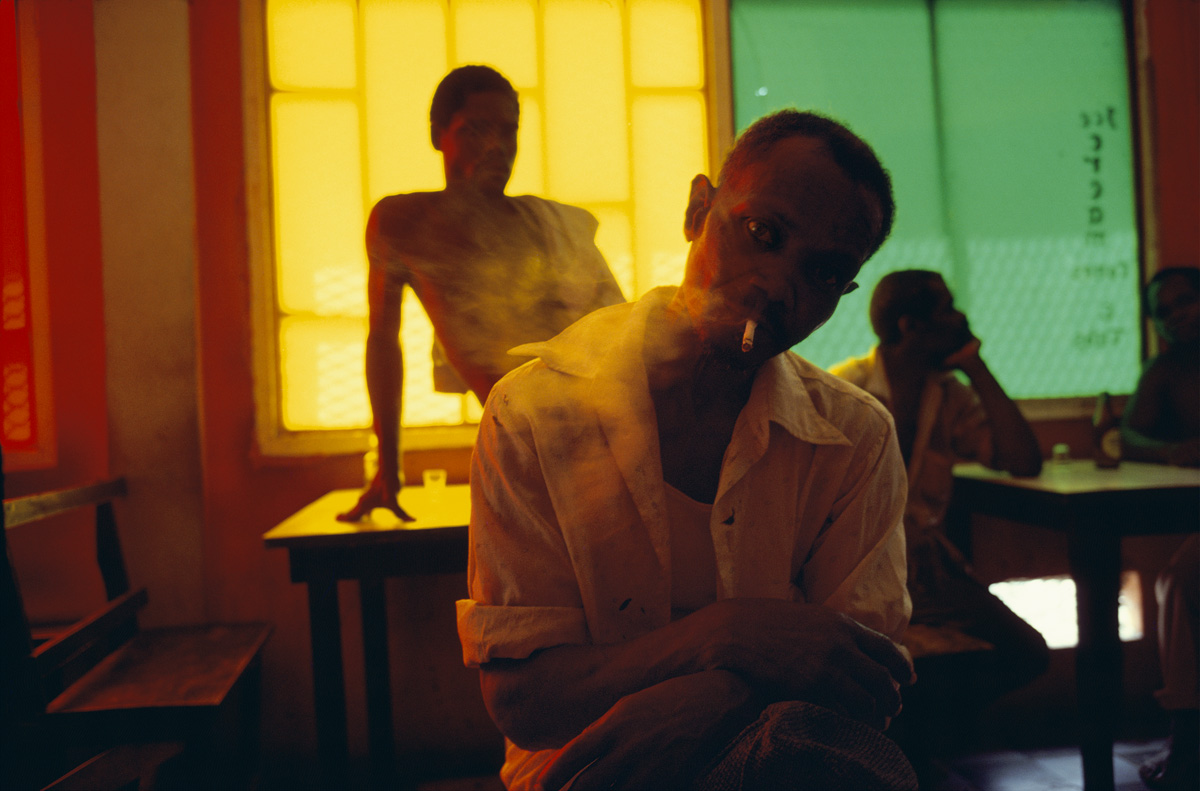


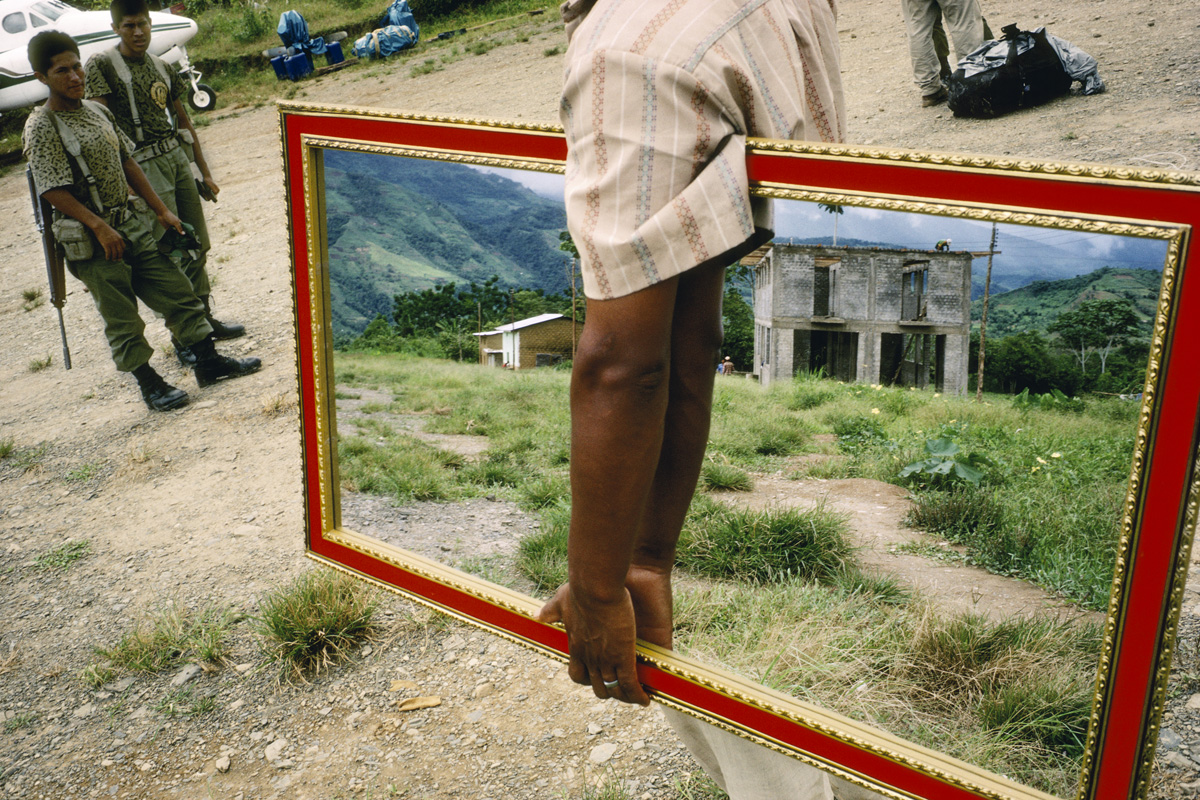
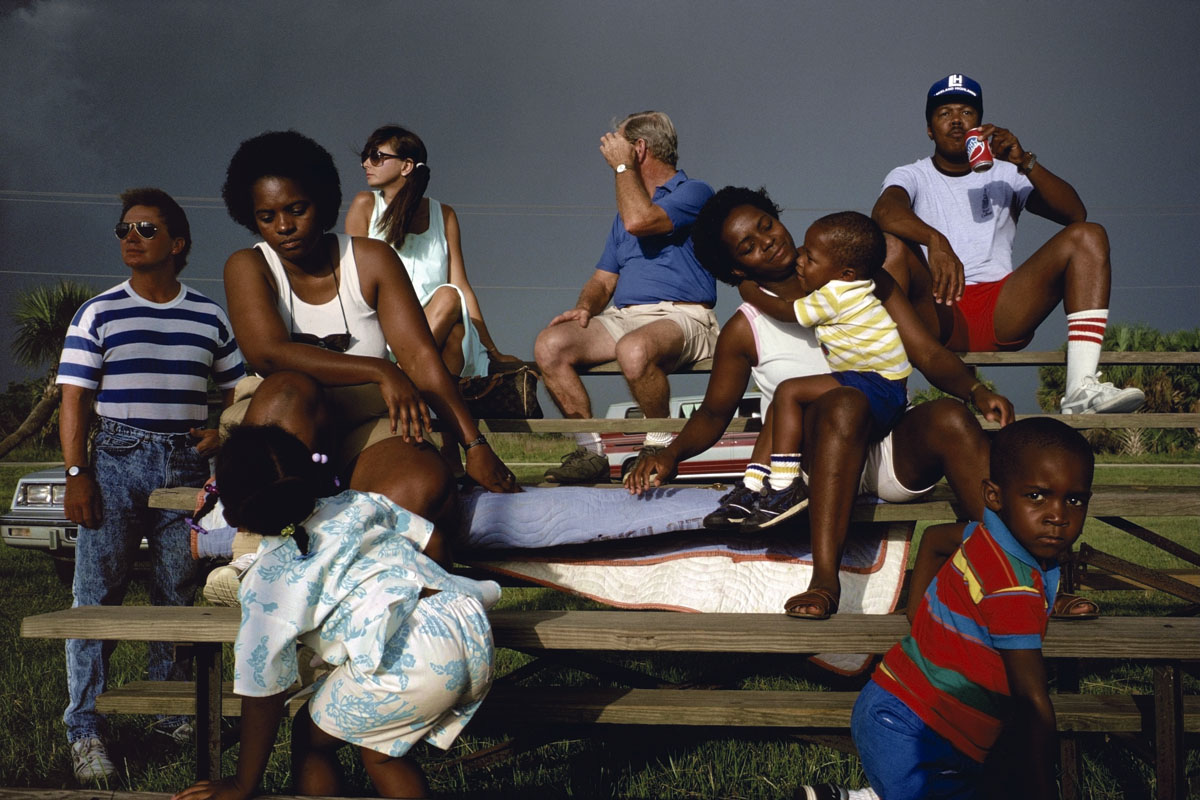
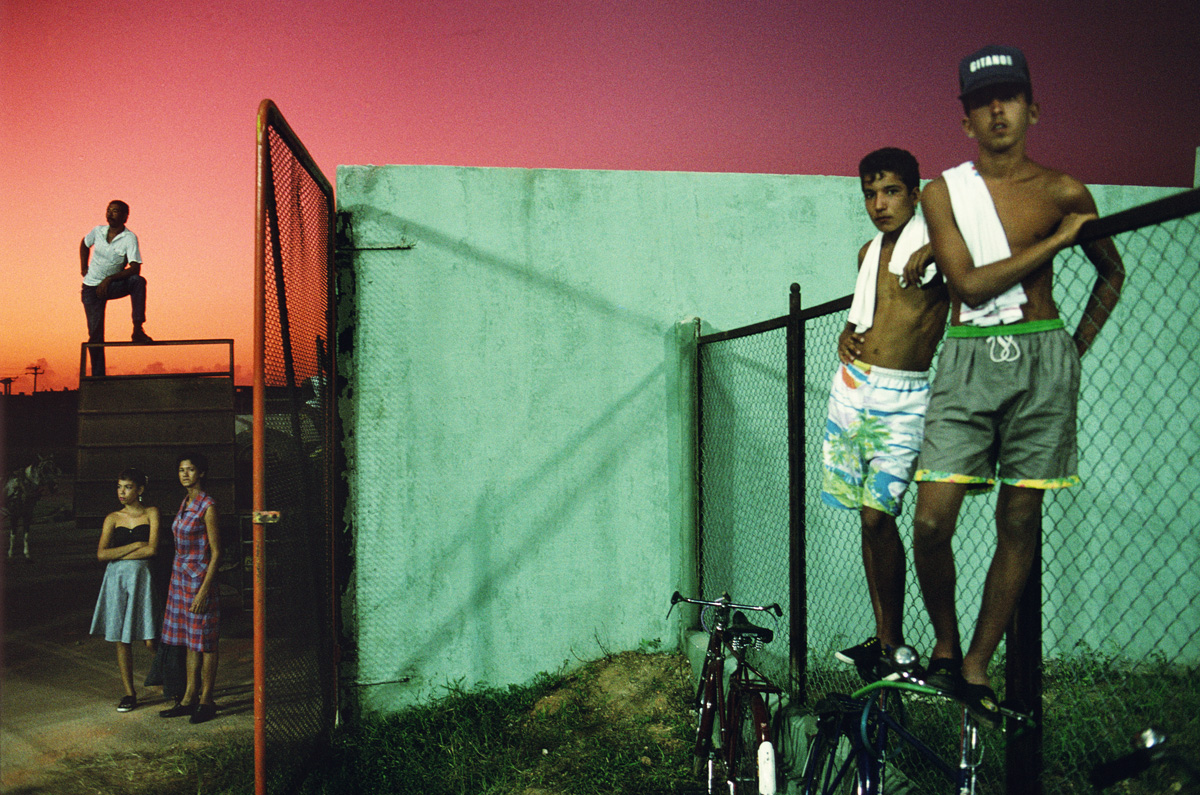

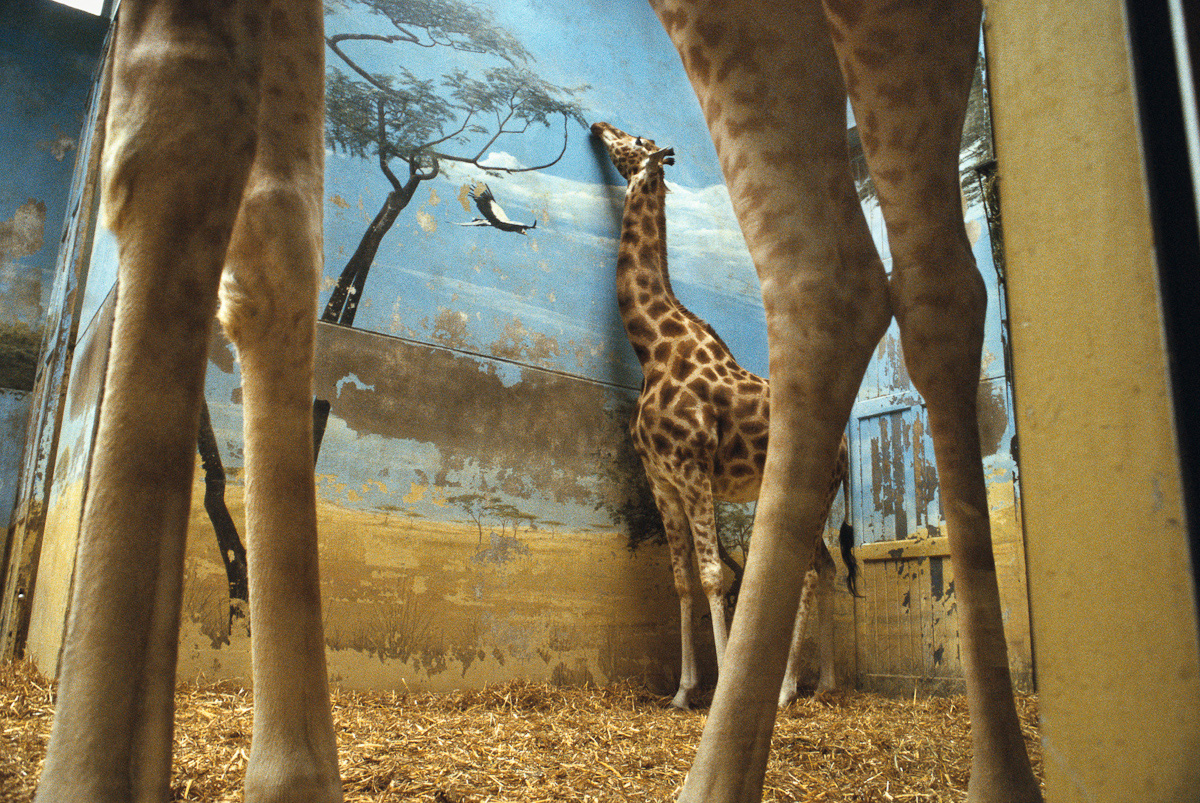
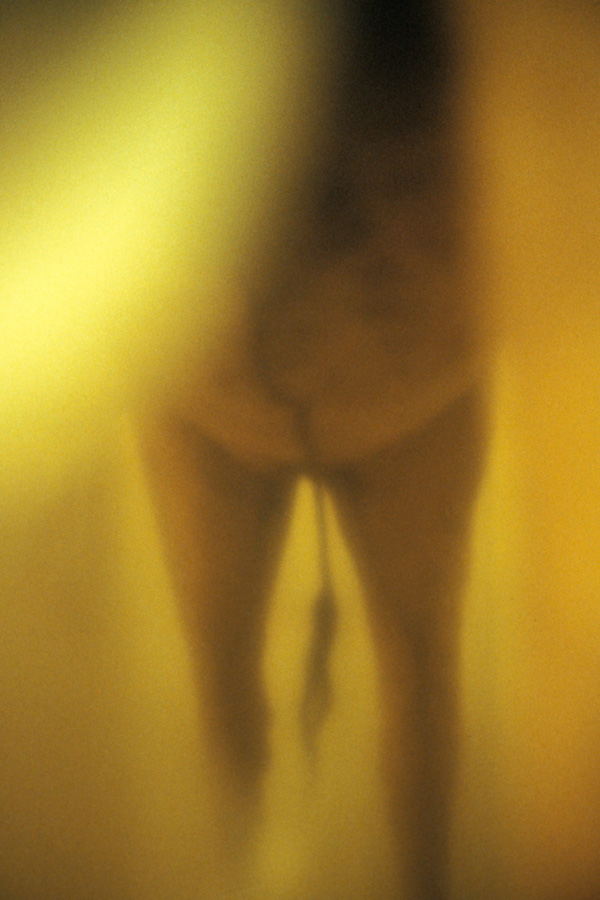
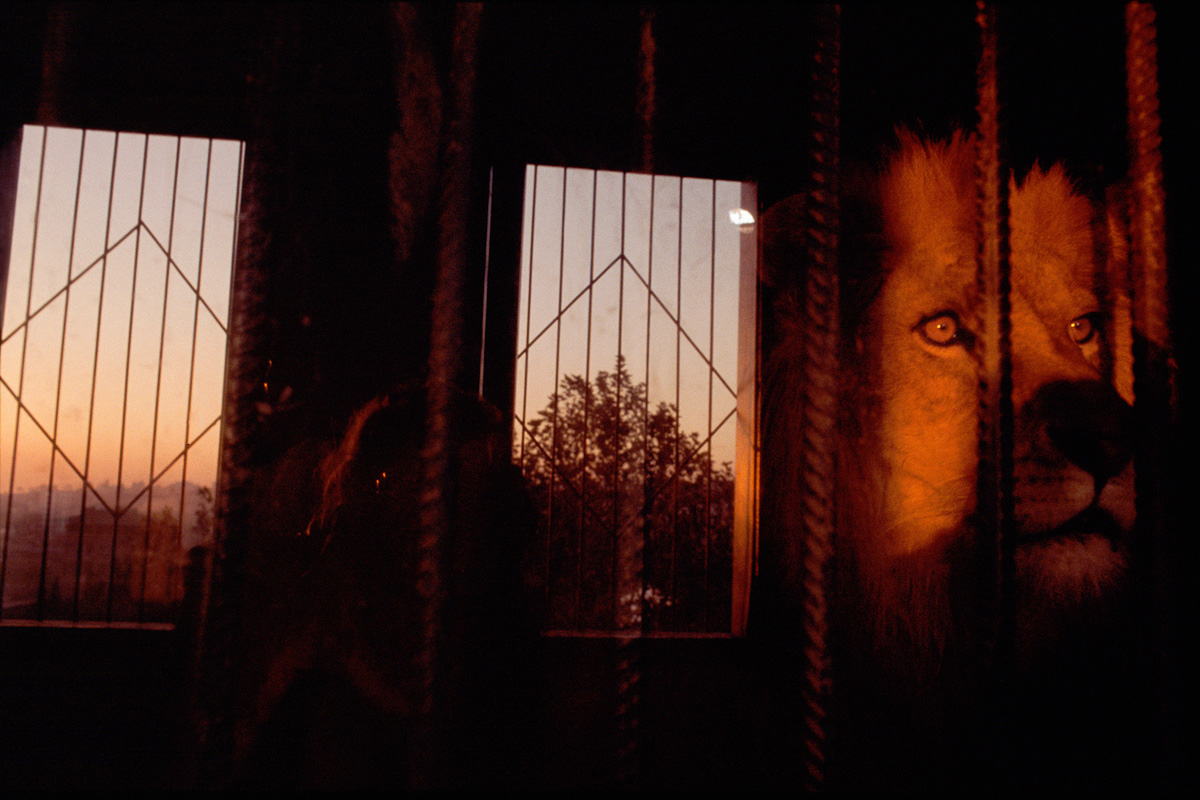





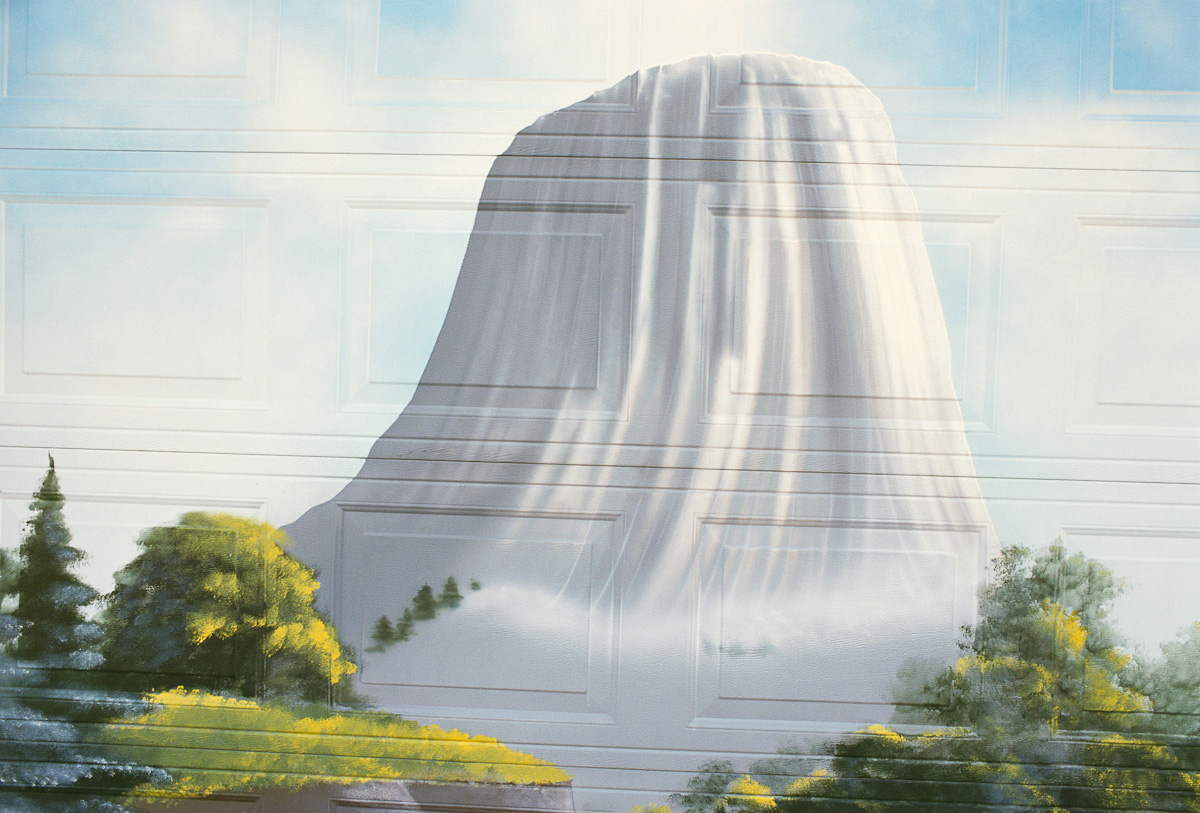
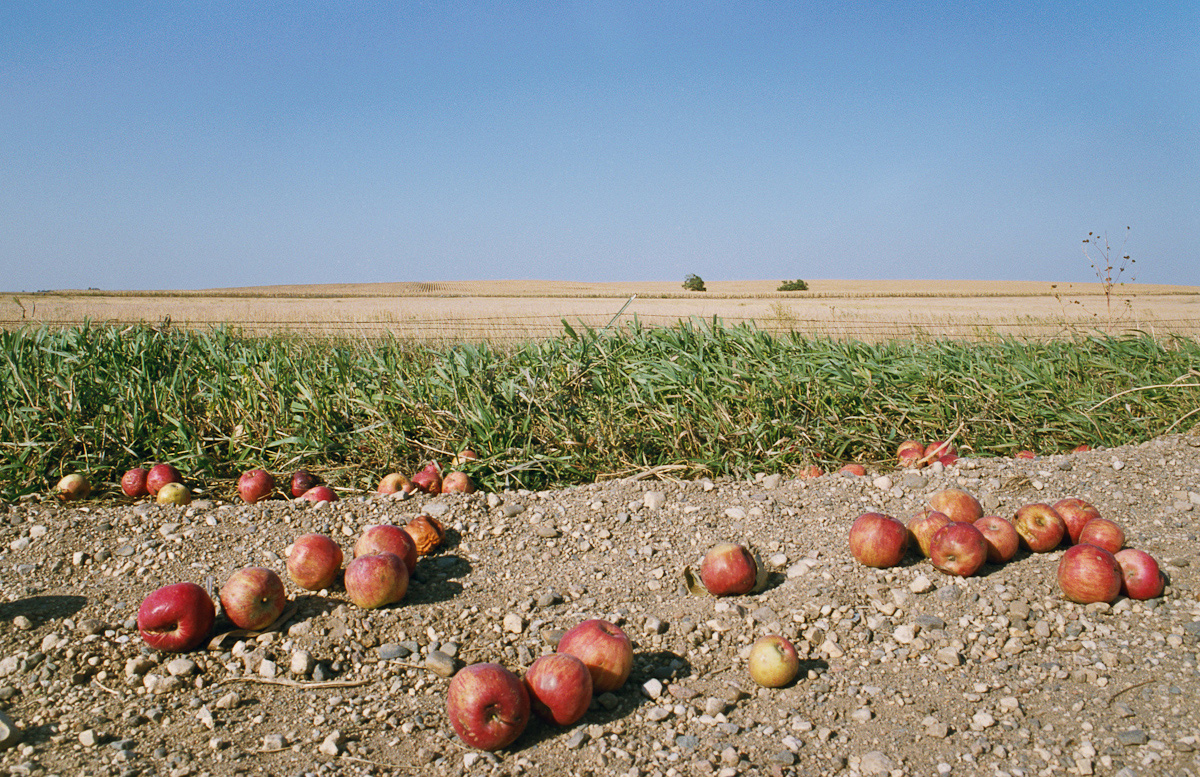
Comments 26
Pingback: Street Photography por Alex Webb | Bruno Coelho – Fotógrafo
Pingback: Street Photography por Alex Webb | Fotografia Gastronômica
Thanks , I am a photographer from Bangladesh.
Pingback: Potret, Pikiran, dan Tulisan dari Balikpapan | maestro street photography : alex webb
Pingback: In Luck we trust (Photography and chance) – En español al final « a photographer trying to write
Fotonya Alex Web ini yah, sesuatu banget :) kalau kata om @rsumayku byk layer :) http://t.co/nkNLsINJ
http://t.co/z3sAhXDc / Invisible Interview: Alex Webb & Rebecca Norris Webb | Invisible Ph t grapher Asia (IPA)
'I think of myself primarily as a street photographer'(Alex Webb) Interesting interview @InvisPhotogAsia http://t.co/gXAmOCFa #photography
'I think of myself primarily as a street photographer'(Alex Webb) Interesting interview @InvisPhotogAsia http://t.co/gXAmOCFa #photography
'I think of myself primarily as a street photographer'(Alex Webb) Interesting interview @InvisPhotogAsia http://t.co/gXAmOCFa #photography
'I think of myself primarily as a street photographer'(Alex Webb) Interesting interview @InvisPhotogAsia http://t.co/gXAmOCFa #photography
RT @InvisPhotogAsia: Invisible Interview: Alex Webb & Rebecca Norris Webb http://t.co/ix9Qlssn
'I think of myself primarily as a street photographer'(Alex Webb) Interesting interview @InvisPhotogAsia http://t.co/gXAmOCFa #photography
'I think of myself primarily as a street photographer'(Alex Webb) Interesting interview @InvisPhotogAsia http://t.co/gXAmOCFa #photography
'I think of myself primarily as a street photographer'(Alex Webb) Interesting interview @InvisPhotogAsia http://t.co/gXAmOCFa #photography
'I think of myself primarily as a street photographer'(Alex Webb) Interesting interview @InvisPhotogAsia http://t.co/gXAmOCFa #photography
'I think of myself primarily as a street photographer'(Alex Webb) Interesting interview @InvisPhotogAsia http://t.co/gXAmOCFa #photography
Pingback: 10 Things Alex Webb Can Teach You About Street Photography — Eric Kim Street Photography
Pingback: 15 Fotógrafos Imprescindibles – Parte I « Sales de plata
Pingback: 15 Fotógrafos Imprescindibles – Parte I « matiashydephoto
Pingback: Invisible Interview: Bruno Quinquet, The Salaryman | Invisible Ph t grapher Asia
Pingback: Street Photography is 99.9% about Failure. | Invisible Ph t grapher Asia
I wonder if the Webbs have looked into the Portra films. Kodak’s Chapter 11 is just a business tactic to reorg and drop some liabilities. Film is profitable for them and is kept in their portfolio. It’s weird to have depended so much on Kodachrome to find digital as the alternative.
love the colors.. and you get to be reminded on the use of color in a photograph.
next book acquisition would be… :D
beautiful pictures and inspiring words as always by the webbs.
Great interview. Huge fan of both works.